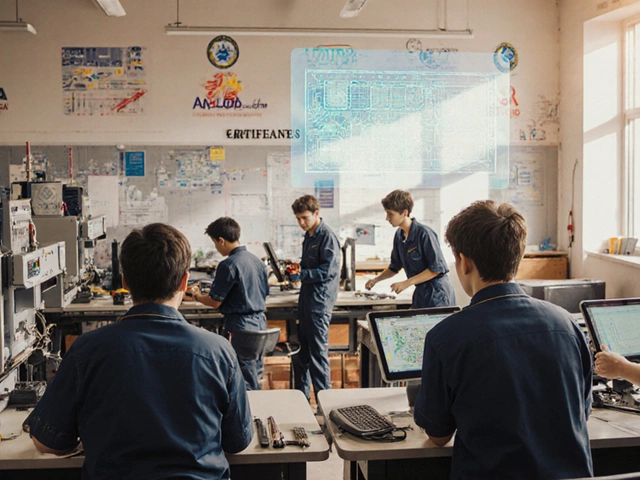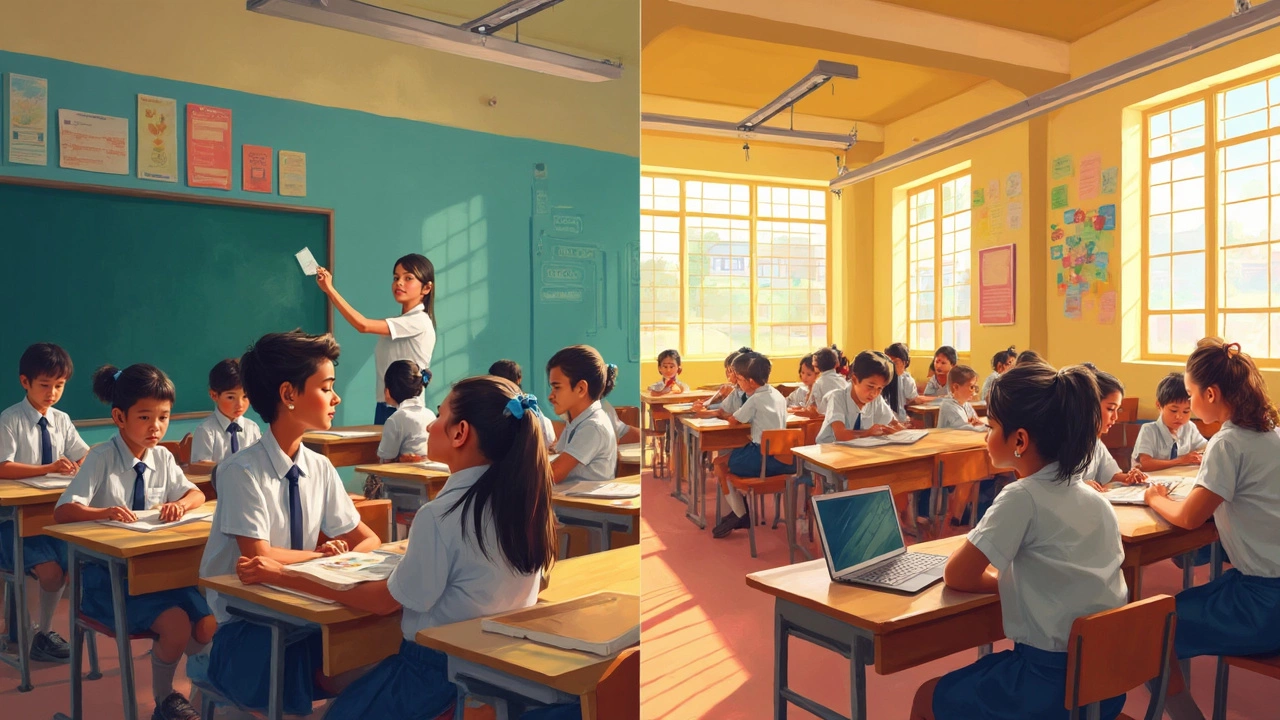USA vs India: Education, Salaries, and Career Paths Compared
When people talk about USA vs India, the comparison between the two countries’ education systems, job markets, and career outcomes. Also known as Indian vs American education, it’s not just about degrees—it’s about what happens after you earn them. In India, a top rank in JEE Advanced can open doors to IITs and eventually Silicon Valley, while in the USA, a two-year associate degree in nuclear medicine can pay more than many four-year bachelor’s degrees. This isn’t just a difference in structure—it’s a difference in value.
One big question: What is the salary of an MBBS doctor in the USA? For Indian MBBS graduates, the answer isn’t just higher pay—it’s a whole different system. In the US, foreign-trained doctors must pass USMLE exams, complete residency, and often work years longer before reaching top salaries. But once they do, earnings can hit $250,000+ depending on specialty and location. In India, even senior doctors in big cities rarely cross ₹30 lakh annually. Yet, India’s education system produces some of the world’s most disciplined learners—think of the IITians in US, Indian engineers who graduated from IITs and now lead teams at Google, NVIDIA, and IBM. Also known as IIT alumni in Silicon Valley, they didn’t just get lucky—they were trained under one of the toughest entrance exams on Earth. That same rigor shows up in NEET aspirants, CBSE students, and JEE toppers like Shreyansh Jain, who cracked the top rank without coaching.
But it’s not all about elite paths. In the US, vocational education, now called Career and Technical Education (CTE). Also known as skills-based training, it’s a fast lane to $80,000+ jobs in air traffic control, dental hygiene, or radiation therapy—no four-year degree needed. In India, vocational training still carries stigma, even though it’s the fastest way to get hired in growing fields like IT support, healthcare assistants, or electrician apprenticeships. Meanwhile, online courses in both countries are exploding—but only the ones tied to real certifications actually move the needle on your salary. The most valuable? Those that lead to jobs you can land in 3 months, like coding or data analysis.
And then there’s the language gap. If you’re an Indian student aiming for US colleges, CBSE is accepted—but only if you pair it with strong SAT scores, extracurriculars, and a WES transcript evaluation. The system doesn’t care if you’re top of your class in Delhi; it wants proof you can handle American-style learning. That’s why so many Indian students spend months prepping for English fluency—not just grammar, but speaking confidently in interviews, group discussions, and classrooms.
What’s clear? The USA vs India debate isn’t about which is better. It’s about which path fits your goals. If you want rapid entry into a high-paying technical job with less debt, the US’s associate degree and CTE routes are powerful. If you thrive under pressure, value discipline, and want to compete globally, India’s system gives you unmatched preparation for top-tier exams and international careers. Both systems produce winners. The difference? How you play the game.
Below, you’ll find real stories, salary numbers, and practical advice from people who’ve walked both paths—from IIT grads working at Apple to Indian nurses building careers in Texas, and students who learned coding in three months without a degree. No theory. Just what works.
- By Nolan Blackburn
- /
- 12 May 2025
Is the USA Education System Actually Better Than India's for CBSE Students?
Is the American education system really better than India’s—especially for students under the CBSE syllabus? This article digs into the details, comparing everything from classroom style to college prep. You’ll find real differences between the two countries that can affect a student’s future. Get handy tips that’ll help you choose what’s right for you. We’ll cut out the jargon and keep it straight-forward.





